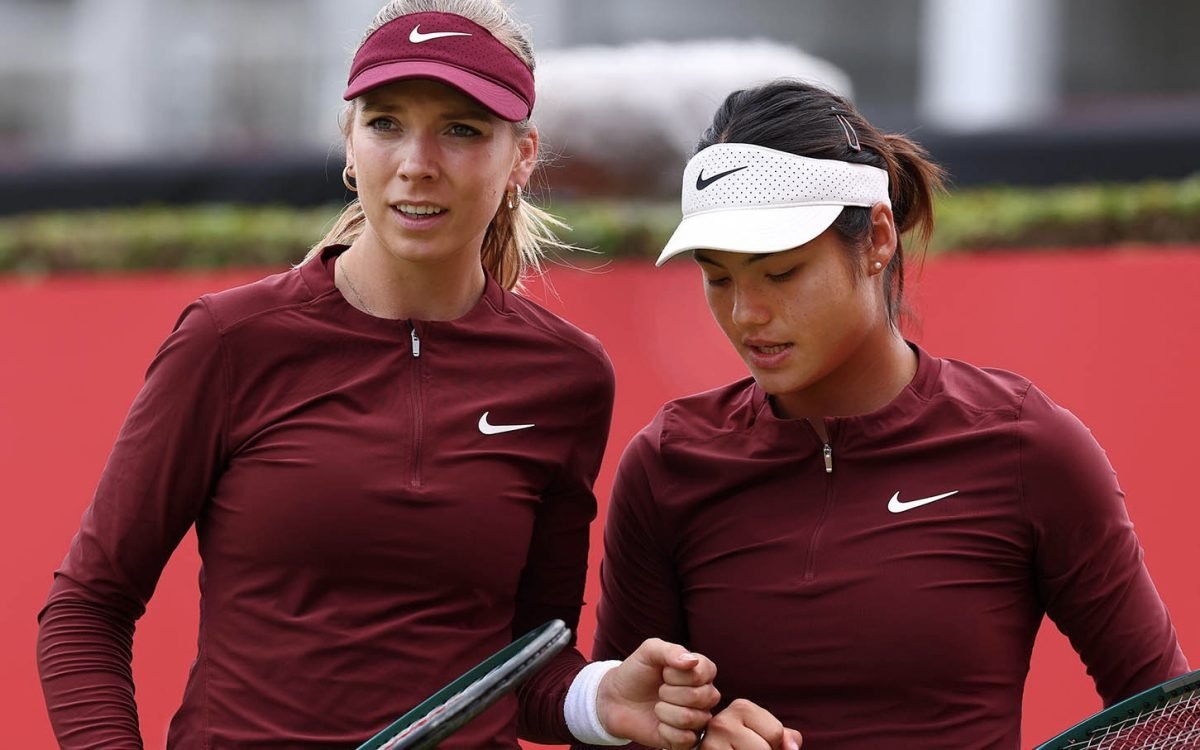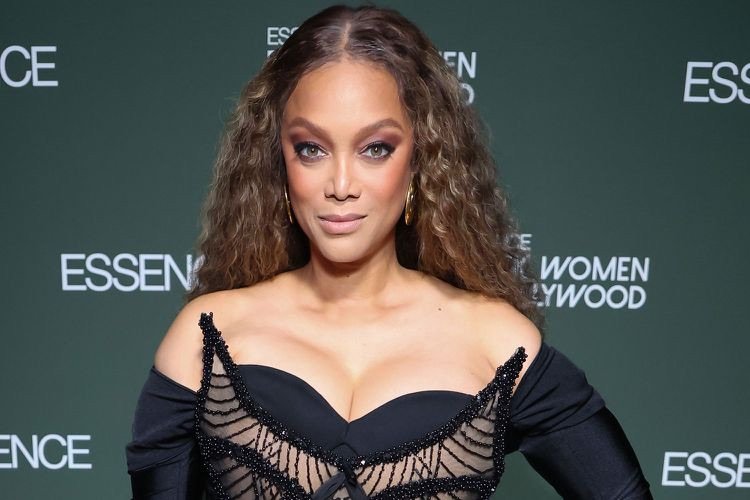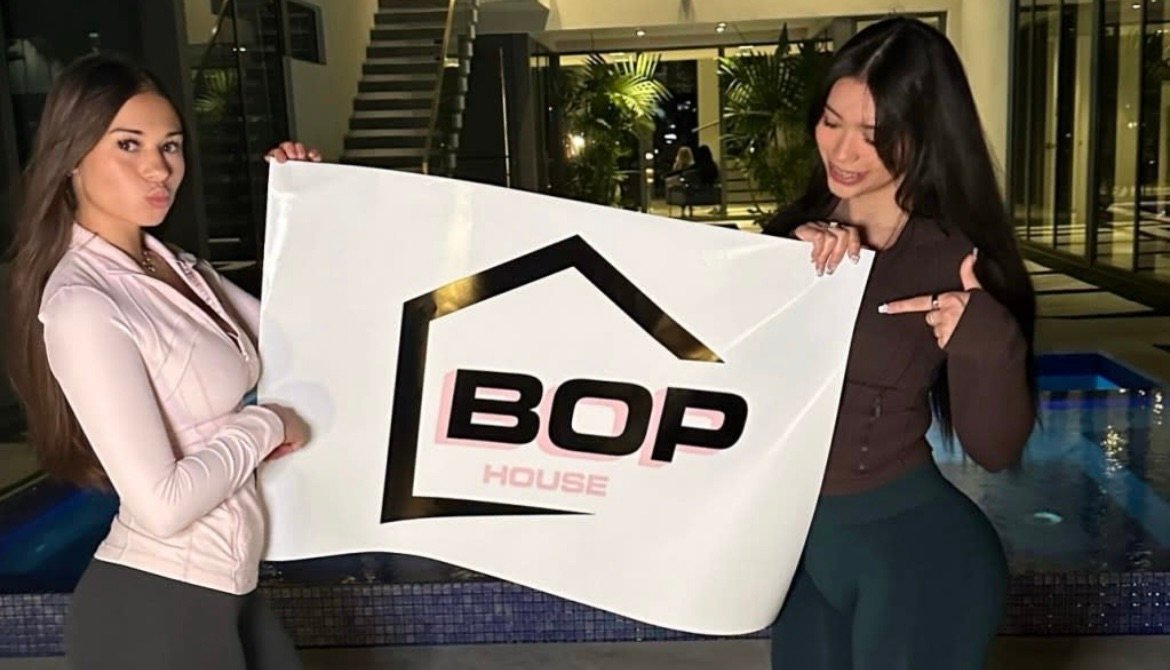In a world where female athletes are celebrated on billboards yet abused in their inboxes, the paradox of women’s sport has never been more visible—or more painful.
British tennis star Katie Boulter recently opened up about the torrent of online abuse she received after her French Open win. The messages were horrifying: “I hope you get cancer,” “go to hell,” even threats toward her family and her late grandmother’s grave. It’s the kind of targeted harassment no human being should face—least of all someone simply doing their job.
The Violence Behind the Screen
Boulter is far from alone. Just as she shared her story, reports emerged of Emma Raducanu’s stalker trying to buy Wimbledon tickets after having previously appeared courtside, causing her to break down in tears. These aren’t isolated incidents—they’re symptoms of a larger, deeply rooted issue that continues to shadow women’s sport.
The threats range from misogynistic dismissal to dehumanising, violent abuse. It’s no longer just about heckling from the stands; it’s a full-blown digital onslaught. Research by Signify, a company that monitors online hate using AI, found female players and match officials are 30% more likely to receive abuse than male counterparts. And the abuse spikes with visibility—just as fans tune in, trolls log on.
Caught in a Catch-22
What’s even more tragic is that many women can’t simply walk away from these platforms for their own peace of mind. Social media isn’t just a place to connect—it’s their primary tool for career survival.
In underfunded ecosystems like women’s rugby or tennis, athletes must become their own promoters, brand ambassadors, and marketers. Sponsorships depend on follower counts and engagement—not wins, not medals, not sweat. That means if a player leaves social media to protect her mental health, she risks losing the brand deals that help her pay rent, fund training, and keep her sporting dream alive.
It’s a cruel trade-off: exposure or safety. And right now, most athletes are forced to choose the former.
The Cost of Visibility
Ilona Maher, a U.S. rugby player, is one of the most followed athletes in her sport. Her TikToks have brought her global attention and lucrative deals—but with that fame comes constant abuse. Similarly, Welsh player Jaz Joyce-Butchers once posted a light-hearted dance video only to be hit with a flood of hate, body shaming, and criticism about her talent.
This is the silent tax on visibility for women in sport. For every sponsorship dollar, there is emotional currency being spent—on fear, anxiety, insomnia, and silence.
An analysis of the Lionesses’ 2023 World Cup experience revealed that abusive messages surged during and after matches. When Lauren James was sent off against Nigeria, over 1,100 abusive messages were recorded within 48 hours, filled with terms like “shame,” “kill,” and “stupid.” No one deserves that for a red card.
Why Financial Empowerment Is the Real Shield
So, what’s the solution? The answer isn’t to shut women up or shut them out of digital spaces—it’s to back them up.
Financial empowerment is no longer optional; it’s protective armor.
When athletes like Alessia Russo say they were able to hand over their social media to a team, it’s because they had the financial stability to do so. Most can’t. Most athletes are a bad month away from being forgotten by sponsors or buried under a pile of bills. Until brands, federations, and governing bodies shift the way they measure value—from engagement rates to actual human worth—this toxic cycle will persist.
Governing bodies must invest more in player protection and well-being. Brands must look beyond follower counts and recognize the resilience and marketability of athletes who speak out and show up every day—on and off the field.
Signs of Change (But Not Enough)
Some organizations are taking steps. World Rugby partnered with Signify to monitor abuse during the Men’s World Cup and has now extended this to all players, families, and officials in this year’s Women’s World Cup. Out of 2,589 abusive messages detected, 11 were reported to police. Nine of those led to legal action—some even involving minors.
These are important steps, but they are reactive, not transformative. The root problem isn’t just online—it’s the fragile financial foundation of women’s sport. Athletes wouldn’t need to be their own PR teams if funding, media attention, and infrastructure were even half as robust as they are in men’s sport.
Let Women Compete Without Fear
Sport is supposed to be a celebration of human excellence, not a battlefield where athletes must armour themselves just to exist. The emotional toll—anxiety, depression, burnout, eating disorders—can no longer be swept under the rug in the name of “toughness.” No brand deal is worth someone’s mental health.
For all the progress we’ve made—sold-out stadiums, record viewership, sponsorship growth—we’ve forgotten something crucial: safety. Empowerment is meaningless without protection. Visibility is hollow without respect.
Until the systems built around women’s sport value athletes as people first, social media will remain both a stage and a minefield. It’s time for the sports world to build an ecosystem where female athletes can thrive without having to choose between their income and their mental health.
They deserve to compete. To earn. To shine.
Without fear.






